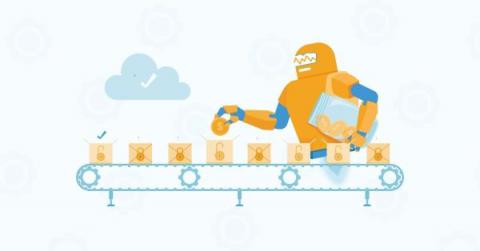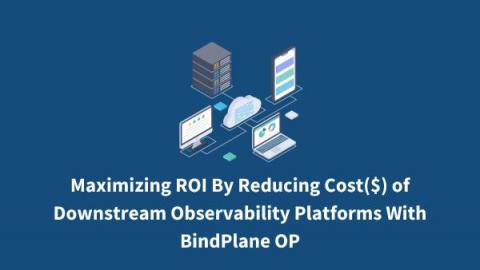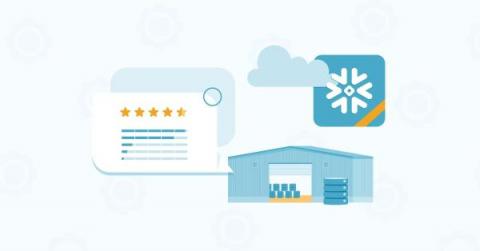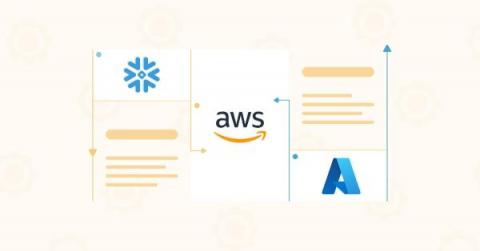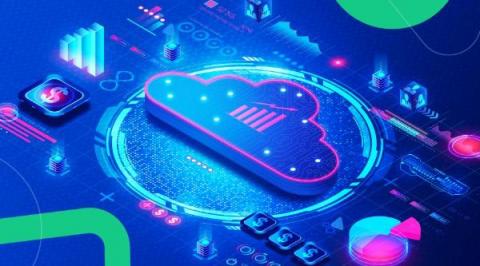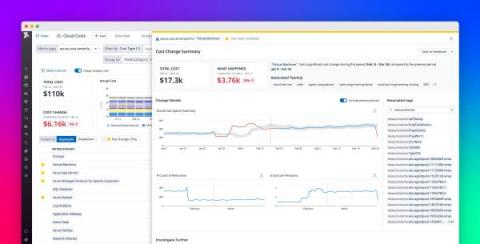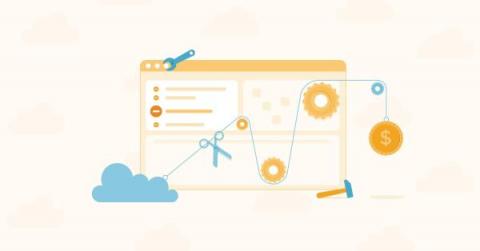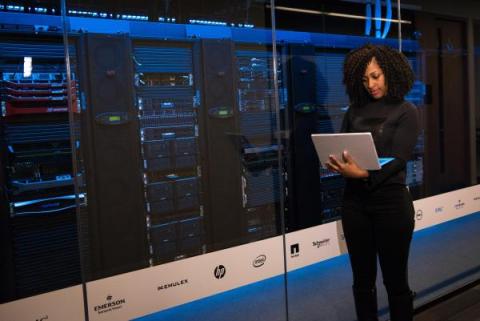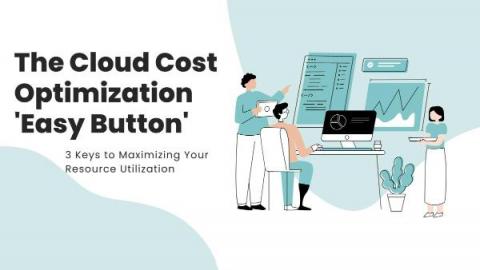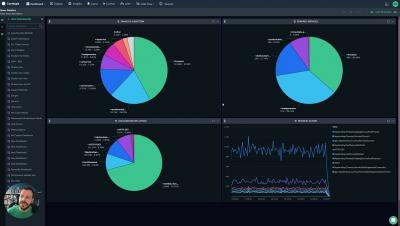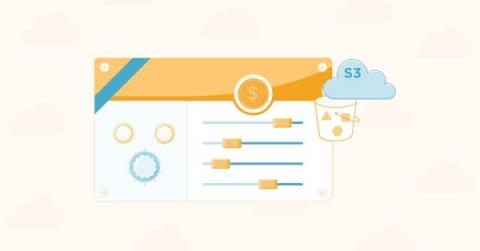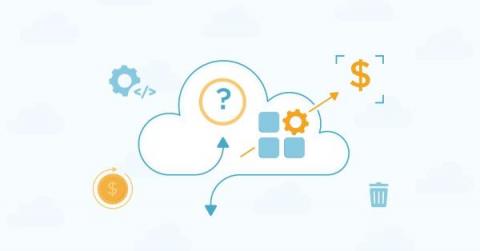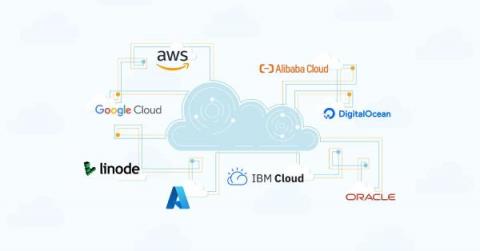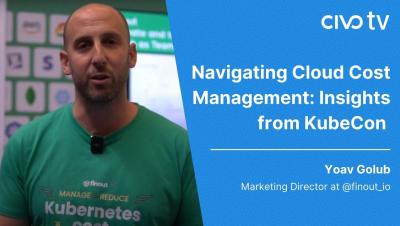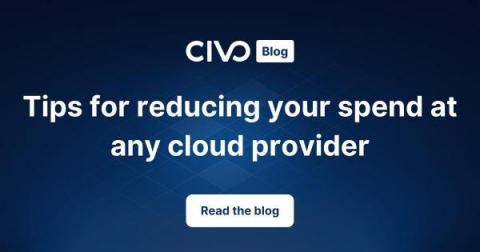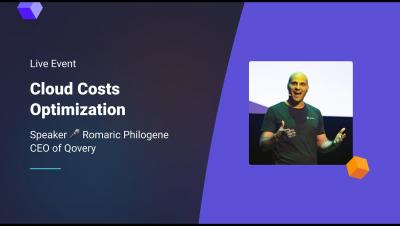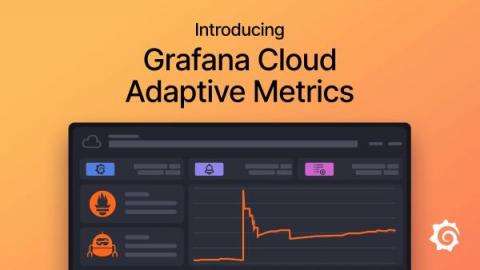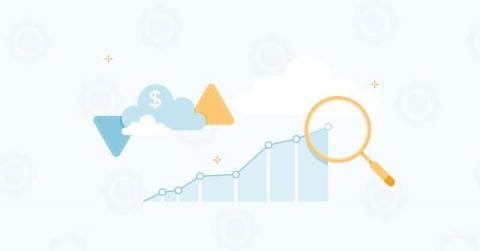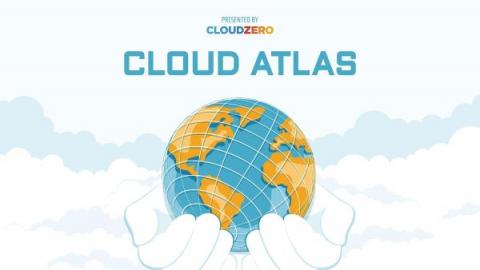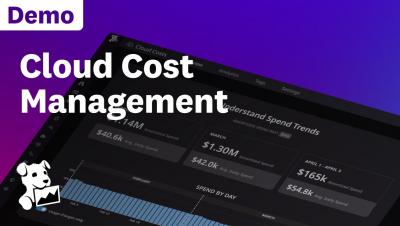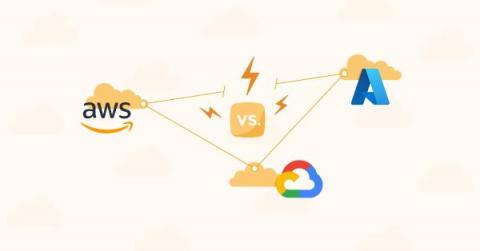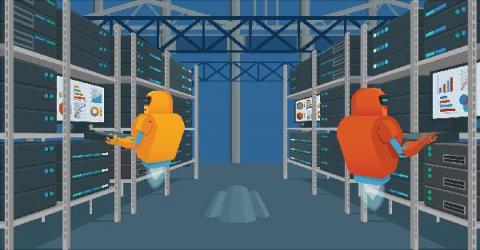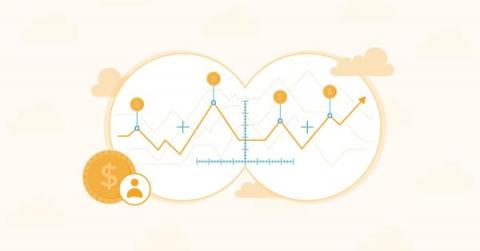Operations | Monitoring | ITSM | DevOps | Cloud
May 2023
5 Ways To Find Immediate Cloud Cost Savings Opportunities
Why Cost Optimization Should Be More Like Pulling Levers, Not Using Scissors
Maximizing ROI By Reducing Cost of Downstream Observability Platforms With BindPlane OP
Snowflake Review: Why CloudZero Went With Snowflake
Snowflake Vs. AWS Vs. Azure: Which Should You Use?
Understanding spot pricing trends for a resilient and cost-efficient cloud
Avoid Azure migration cost overruns with Datadog Cloud Cost Management
Migrating your on-prem applications to Azure can help you improve scalability, reliability, and security. It can also help reduce costs and free your engineering teams to focus on innovation and performance optimization. But it can be hard to understand Azure costs as they evolve during your migration and to see how they correlate with your resource utilization once you’re up and running in Azure.
Why Traditional Cloud Cost Optimization Isn't Enough
Optimizing IT Infrastructure: Unleashing the Benefits of IT Consulting Services
The Cloud Cost Optimization 'Easy Button': 3 Keys to Maximizing Your Resource Utilization
Unique Tracing Cost Optimization - UP TO 90% SAVINGS!
GCP Storage Pricing: The No BS Guide To GCP Storage Costs
Amazon S3 Cost Optimization: 12+ Ways To Optimize Your S3 Costs
Would You Notice If A Feature Was Costing Your SaaS Company Too Much?
A CTO & CFO Approved Guide to Managing Your Tech Spend in Tough Economic Times
11 Top Cloud Service Providers Globally In 2023
Navigating Cloud Cost Management: Insights from KubeCon EU 23
Reducing the cost of cloud: Tips for reducing your spend at any cloud provider
Spiraling costs are causing organizations to look for ways to reduce their monthly spend – hidden charges and unexpected bills are surprises that CFOs can no longer afford. With current costs from hyperscaler cloud providers skyrocketing, many are now asking whether going cloud-native is the right move for them. There are, however, a number of tips and tricks that you can action today that will help you reduce your cloud bill at any provider.
Live Event - Cloud Costs Optimization
Introducing Adaptive Metrics: A new cost management feature in Grafana Cloud
You’ve convinced your organization that cloud native is the way forward. You’ve championed Kubernetes and sworn by Prometheus. You’ve onboarded multiple teams to your centralized observability platform. Then you open your latest bill and see a lot of commas in your invoice, and a sinking feeling sets in. Sound familiar? We’re keenly aware of the pain this can bring. As metric cardinality grows in cloud native environments, so does the cost to store and retrieve the data.



